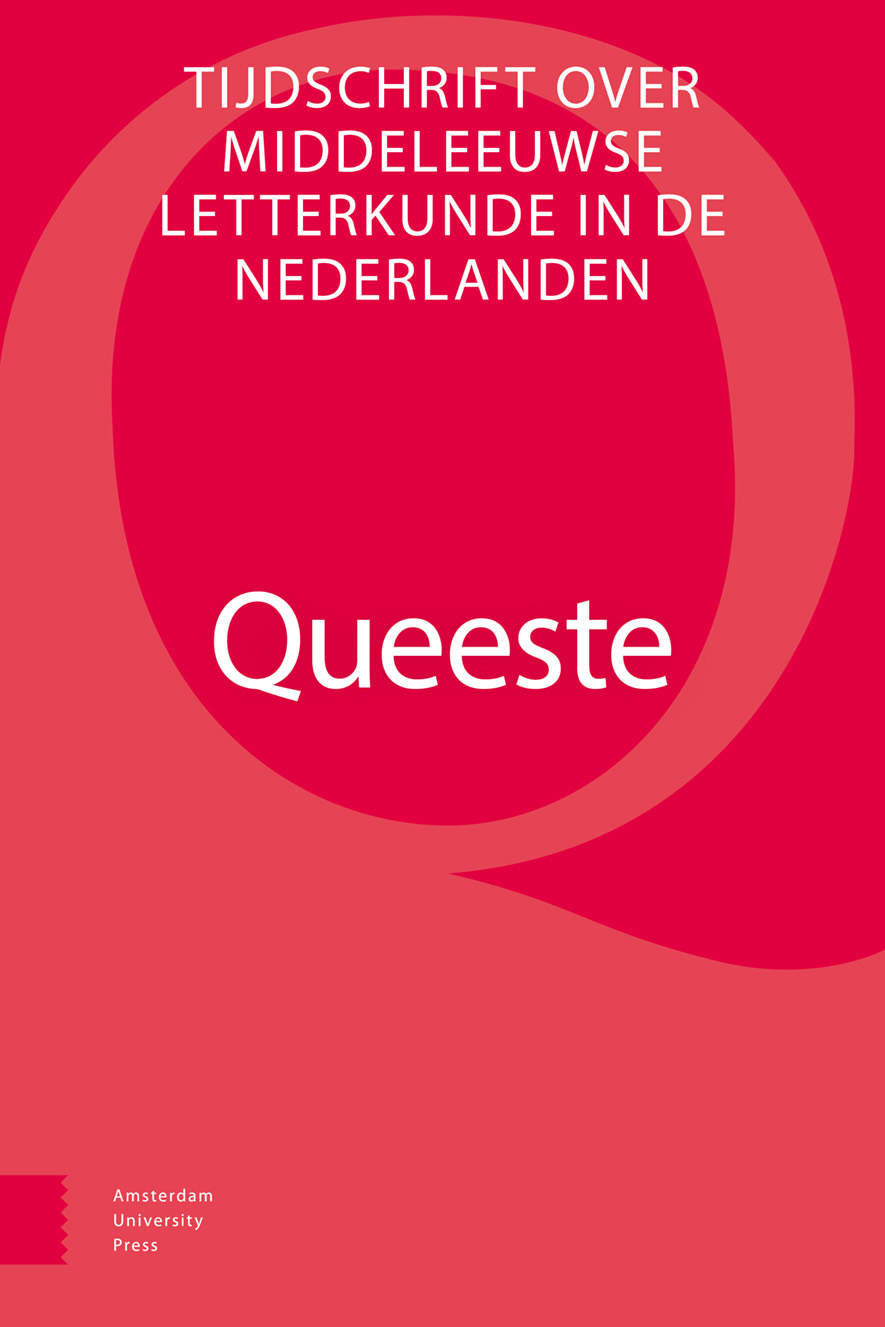-
oa Francofobie, francofilie, Francophonie
De meerstemmigheid van de literatuur van de zestiende-eeuwse Nederlanden
- Amsterdam University Press
- Source: Queeste, Volume 30, Issue 1, Apr 2023, p. 60 - 74
-
- 01 Apr 2023
Abstract
The sixteenth-century effort to strengthen and improve the Dutch language has long been considered in terms of francophobia: by rejecting French influence, such as loanwords, the Dutch language could emancipate itself. This article explores to what extent the postcolonial notion of Francophonie, used to describe the imposition of the French language in a colonial context, can improve our understanding of the ambivalent sixteenth-century attitude towards the French tongue by native speakers of Dutch. This re-examination of early modern sources on the relation between French and Dutch, mainly the 1584 Twe-spraack, leads to a re-evaluation of the presence of francophobia. Not only is a direct connection between the rejection of French and the support of the Dutch language absent, but, moreover, cases of francofilia can even be attested.


